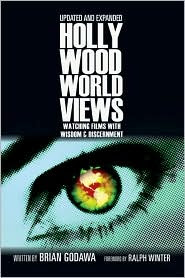This article is astounding coming from a Catholic, he makes the same historical argument made in Petrus Romanus and concludes “the time has come for Catholics to pray for an end to the Vatican state.”
Faithful should distinguish between Catholic faith and Vatican state
OPINION: Maybe time has come to pray for an end to the Vatican state, Europe’s last absolute monarchy, writes JOHN MANNION
THE PUBLIC response to the recent Vatican embassy closure indicates that many devout Catholics are unable to distinguish between the Catholic faith and the Vatican state.
Central to the former is our belief in Jesus Christ as God incarnate, but nowhere in our creed do we profess a belief in the Vatican state, of whose origins and history we know practically nothing.
Given that Taoiseach Enda Kenny travels to Rome this weekend to meet the pope, it may be timely to try lift the veil on these matters.








